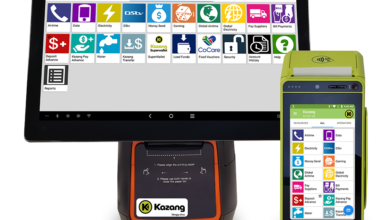The Rise of Rainbow Chicken: A Recipe for Success in South Africa’s Competitive Market
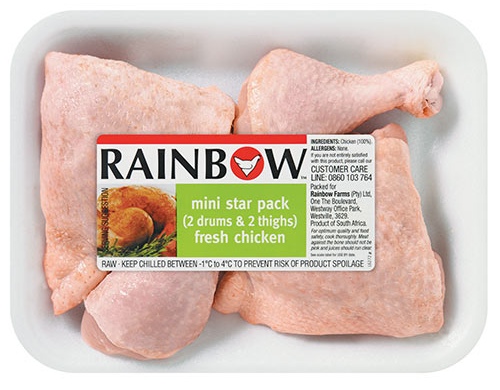
The Rise of Rainbow Chicken: A Recipe for Success in South Africa’s Competitive Market. Rainbow Chicken, a household name in South Africa, is more than just a poultry brand—it’s a testament to the power of resilience, strategic marketing, and an unwavering commitment to authenticity. Over the decades, the company has risen from a local player to a leading force in the South African food industry. In this article, we’ll explore the journey of Rainbow Chicken, highlighting key strategies, challenges, and turning points that contributed to its widespread success. Along the way, we’ll uncover valuable lessons for aspiring entrepreneurs, showing how a focus on quality, innovation, and growth can lead to lasting brand success.
The Humble Beginnings: Establishing a Strong Foundation
Rainbow Chicken was founded in 1960 by Stanley Methven on his father’s farm. He began selling chickens from a stall in central Durban, and demand quickly grew, leading to the establishment of the first processing plant in Hammarsdale in 1963.
This authenticity and focus on delivering value quickly built a loyal customer base, a key factor that helped the brand gain its initial foothold.
For aspiring entrepreneurs, this first lesson is crucial: start with a clear value proposition that resonates with your target audience. Whether it’s offering quality, affordability, or innovation, understanding your customers’ needs is the first step toward building a brand that stands out.
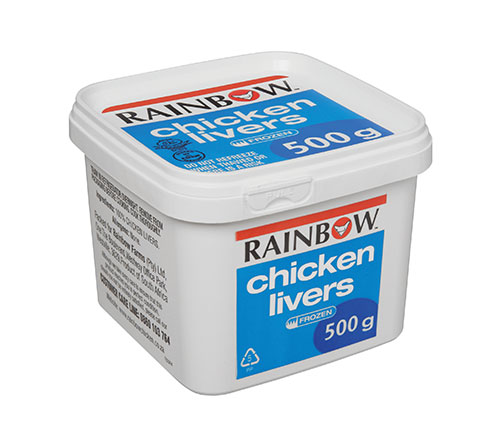
Building Trust Through Quality and Consistency
As Rainbow Chicken began to grow, the company understood that consistency was key. To build long-lasting trust with consumers, the brand maintained a strong focus on quality control throughout its operations. By ensuring that each product delivered was consistently fresh and up to standard, Rainbow Chicken earned its reputation as a reliable supplier of chicken products.
The brand’s dedication to quality also extended to its farm-to-fork process, which emphasized the humane treatment of animals and sustainable farming practices. This commitment to ethical practices was integral in establishing Rainbow Chicken as a brand that customers could trust. Today, this legacy of quality remains a cornerstone of its success.
For entrepreneurs, this serves as an important takeaway: to build trust with customers, consistency in product quality and ethical practices cannot be compromised. In an age where consumer expectations are higher than ever, reliability and transparency are crucial to long-term success.
Strategic Marketing: Reaching New Audiences
Rainbow Chicken’s strategic marketing played a significant role in its rapid growth. Over the years, the company refined its approach to connecting with customers, using targeted advertising campaigns to build brand awareness and loyalty. One key turning point was the launch of the “Rainbow Chicken” advertising campaigns that highlighted the brand’s commitment to family-friendly, affordable meals.
By leveraging television and print media, Rainbow Chicken was able to reach a wide audience and effectively communicate its brand values. Additionally, as South Africa’s demographic landscape shifted, the brand adapted its marketing strategies to resonate with a diverse and evolving consumer base.
In recent years, Rainbow Chicken has also expanded its digital presence, tapping into social media to engage with younger generations of consumers. This shift to online platforms allowed the brand to stay relevant in an increasingly tech-savvy society.
Entrepreneurs can learn from Rainbow Chicken’s ability to adapt its marketing strategies to different media channels and target audiences. Whether it’s through traditional advertising or digital platforms, effective communication of your brand’s values can drive consumer engagement and growth.
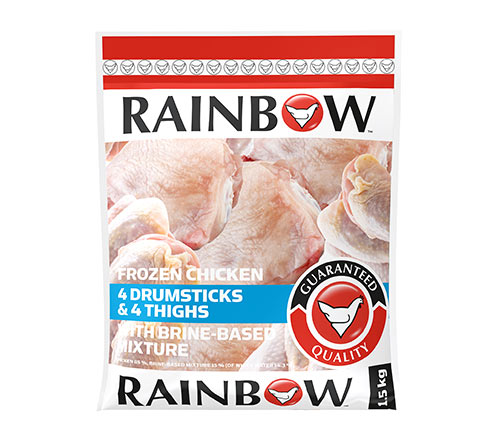
Resilience Through Challenges: Overcoming Obstacles and Expanding Market Share
No brand’s journey is without its challenges, and Rainbow Chicken was no exception. Throughout its history, the company faced a number of hurdles, including volatile market conditions, supply chain disruptions, and changing consumer preferences. However, Rainbow Chicken’s resilience was key to overcoming these obstacles.
One of the major turning points came in the 1990s, when the company faced increased competition and rising production costs. Instead of shrinking back, Rainbow Chicken took bold steps to stay competitive, including expanding its product offerings and improving operational efficiencies. By diversifying into processed foods like ready-to-eat meals and frozen products, the brand was able to reach new consumer segments and increase its market share.
In addition, Rainbow Chicken’s strategic partnerships and acquisitions further strengthened its position in the market. One notable move was the acquisition of smaller poultry farms, which allowed the company to increase production capacity and ensure a steady supply of fresh products.
For entrepreneurs, this highlights the importance of resilience in the face of challenges. When faced with setbacks, rather than retreating, look for opportunities to innovate, expand, or improve your operations. Growth often comes from a willingness to pivot and adapt.
Sustainability and Innovation: Leading with Eco-Friendly Practices
In recent years, sustainability has become an essential aspect of Rainbow Chicken’s strategy. The company has made significant strides in implementing environmentally friendly practices throughout its operations. From reducing its carbon footprint to optimizing water usage in its production facilities, Rainbow Chicken is committed to maintaining eco-conscious practices.
The brand has also focused on innovative packaging solutions to reduce waste, and it has implemented sustainability initiatives in its supply chain. By addressing environmental concerns head-on, Rainbow Chicken not only aligns with global trends but also appeals to increasingly eco-aware consumers.
For any brand, embracing sustainability is no longer optional—it’s a necessity. Rainbow Chicken’s commitment to sustainability offers an important lesson for entrepreneurs looking to create businesses that are socially responsible and environmentally conscious.
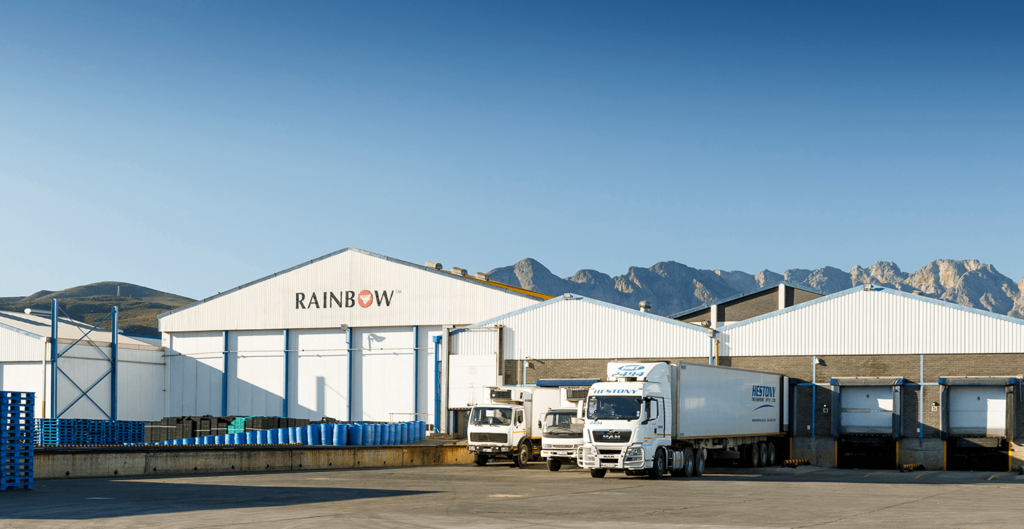
Key Milestones and Takeaways for Entrepreneurs
As Rainbow Chicken continues to expand its reach, key milestones along its journey include:
- Brand Loyalty and Trust: Building a loyal customer base through consistent quality, ethical practices, and strong customer relationships.
- Strategic Marketing Success: Effectively leveraging traditional and digital marketing to engage with diverse consumer groups.
- Resilience and Adaptability: Overcoming market challenges by diversifying products, increasing efficiency, and expanding through strategic partnerships.
- Commitment to Sustainability: Innovating with eco-friendly practices that align with consumer expectations and global trends.
Conclusion: A Blueprint for Brand Success
Rainbow Chicken’s rise to prominence in South Africa is a clear example of what it takes to build a successful brand. By focusing on authenticity, strategic marketing, and resilience, the company has navigated challenges and capitalized on opportunities to create a brand that resonates with millions of consumers. Aspiring entrepreneurs can draw valuable lessons from Rainbow Chicken’s journey, from staying committed to quality to embracing innovation and sustainability.




